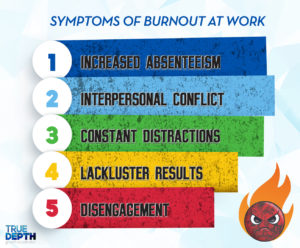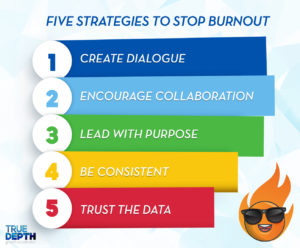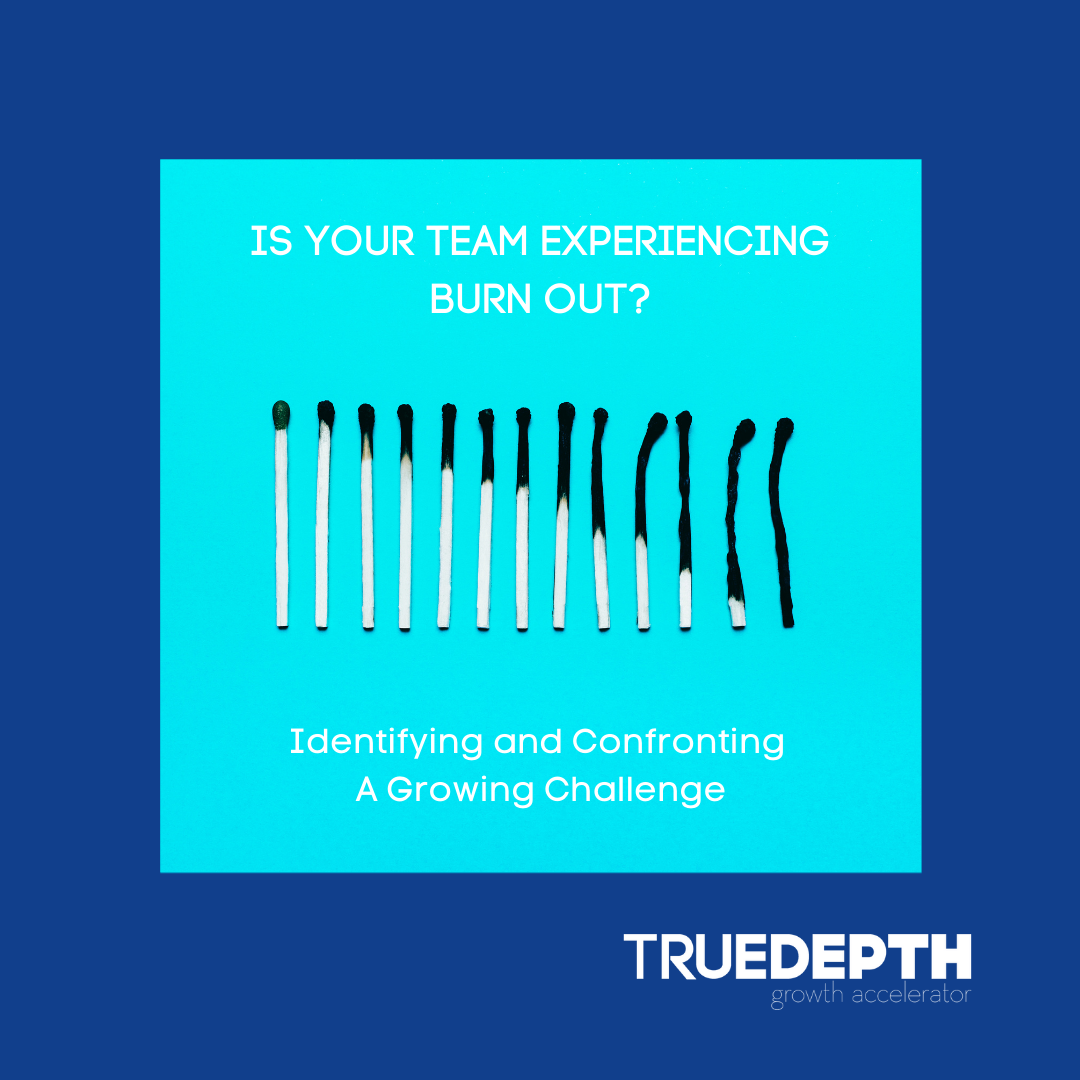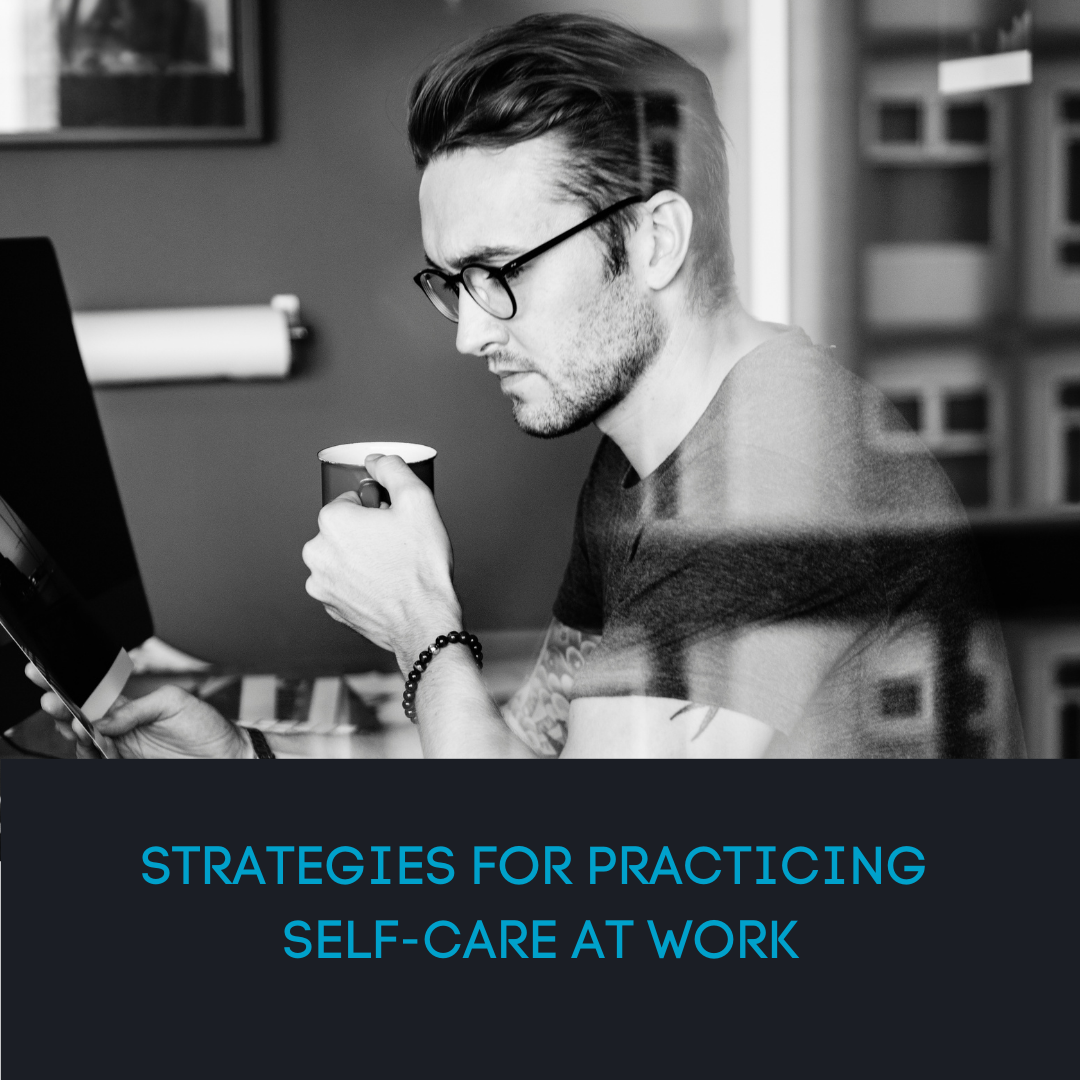Exhaustion. Sleeplessness. Depression. Anxiety. The emergence of unhealthy habits, behaviors, and addictions, combined with receding…
Don’t foster a culture of burnout at your business. Use these five steps instead.
You might be familiar with burnout as a term or have even felt the effects yourself, such as increased exhaustion, depression, or anxiety. However, the impact of burnout can go beyond individual cases, devastating your workplace culture, productivity, and bottom line. The World Health Organization even categorized burnout disease as an occupational phenomenon, and that was in 2019, a year before the pressures of a worldwide pandemic compounded the issue.
According to a recent Gallup report, if your staff experiences burnout, they’re 63% more likely to take sick days, 13% less confident in how they’re performing, and 2.6X more likely to be actively looking for another job elsewhere. And these aren’t underperformers we’re talking about here. Once your organization is hit with burnout, there’s a tendency to overload your star employees, creating a cycle that reinforces overworking and burnout. Other symptoms and signs of burnout in the workplace are increased absenteeism, interpersonal conflict, constant distractions, and unengaged employees which can lead to lackluster results. If you are suffering from more than one of these symptoms at your company, a deeper dive into your company culture and workplace might be necessary.

The good news is burnout isn’t inevitable, but it does take time and energy to course correct it. To get you started, here are five tips for fostering an organizational culture that doesn’t lead to burnout.
- Create an open and safe dialogue around burnout. Employees who feel their well-being is supported tend to be more satisfied with their workplace. Make burnout a more accessible and comfortable topic by removing barriers. This can include providing educational materials and being open and honest about the issue within company-wide communications and one-on-ones.
- Encourage team collaboration and support. What you uncover from ongoing communications will help create connection points and shared experiences. Use these to guide how work is dispersed and to develop a structure for how teams will work together to avoid overwhelming some individuals more than others.
- Lead with purpose. People are happiest when they feel like they’re working toward a greater purpose. Celebrate wins and recognize their strengths and contributions while also ensuring you’re mapping it back to how their work is fulfilling the overall mission of your business.
- Be consistent. The most important part of addressing burnout is consistency. Companies try to make big programmatic changes and “quick fixes,” which are often just that. Creating smaller near-term goals is less taxing (which is crucial if your team is already feeling the effects of burnout) and more attainable.
- Trust the data. Much like your sales team might survey clients on their satisfaction levels, your employees are your best resource for understanding workloads and feelings of overwhelm. In addition to the ongoing dialogue around burnout, initiate regular touchpoints to gather their input and opinions formally. Do the research, trust the data and act upon it accordingly.

By reading this blog, you’ve already taken the first step toward addressing burnout at your organization. Now’s the time to take it further. With our virtual ‘Busting Burnout’ workshop, we’ve helped leading tech brands and companies like yours tackle these issues head-on and create customized strategies for cultivating a better workplace environment.
Book your ‘Bust Burnout in Your Organization” workshop today. Reach out to info@truedepth.com for more information.



